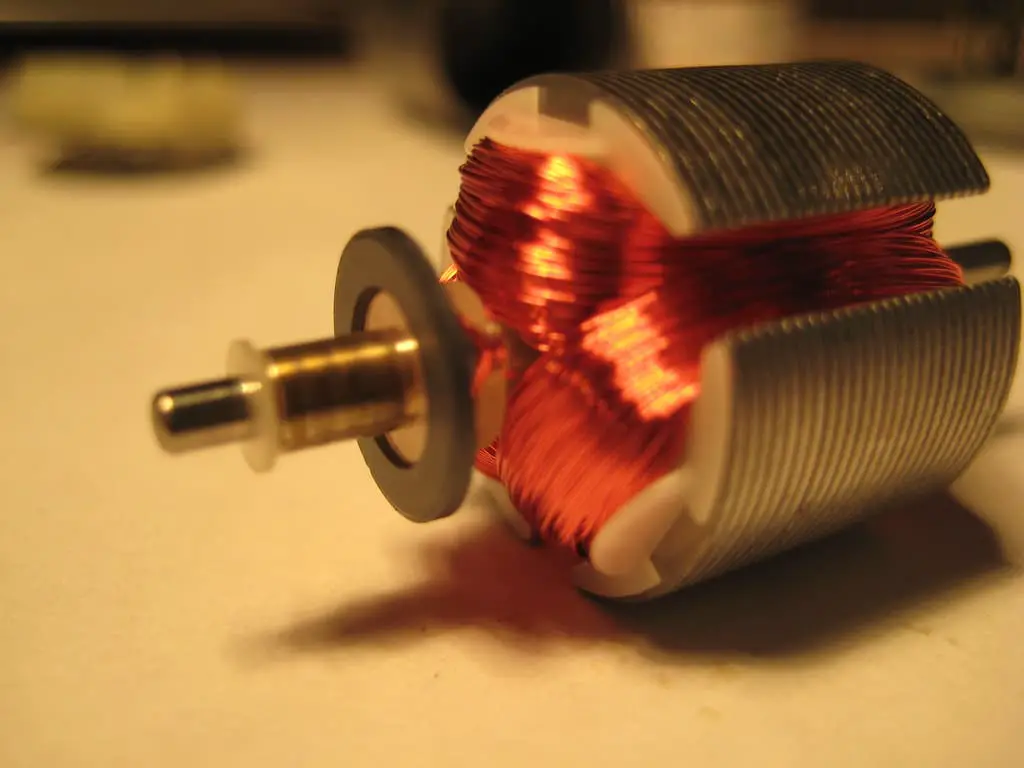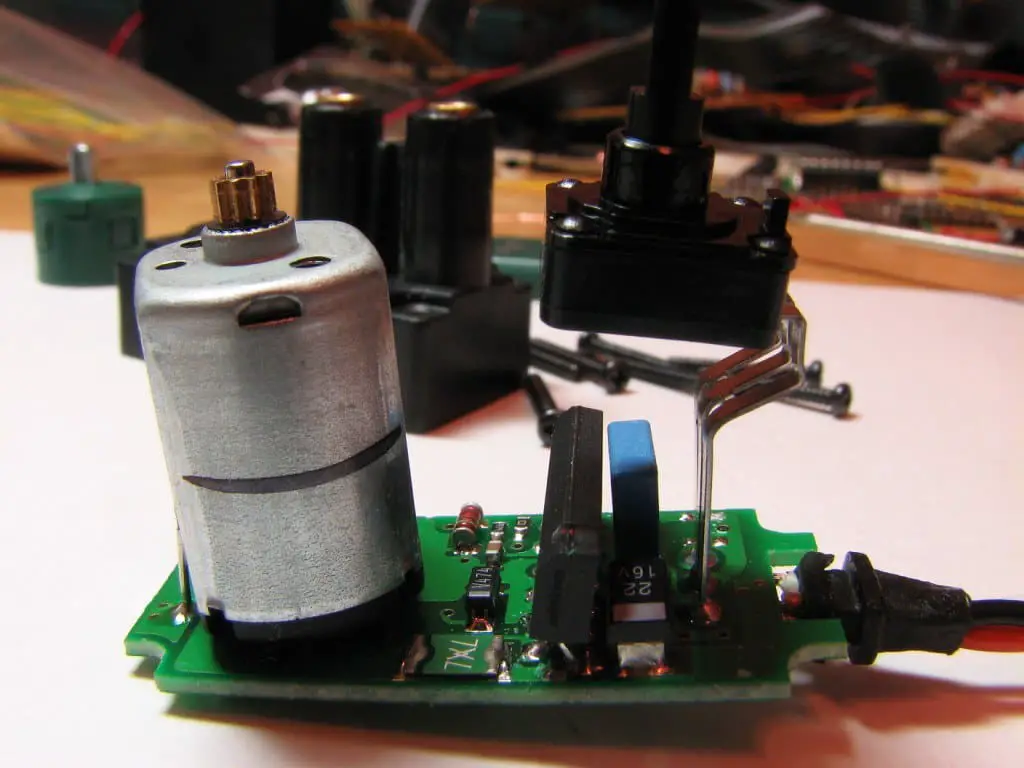Electric motors are an integral part of any person’s day-to-day life, and for this very specific reason, it becomes crucial to differentiate between certain prominent types of these electric motors.
Two such prominent types of motors are DC Motor and Servo Motor, and while it might be a bit difficult to differentiate between these two, in reality, they are completely different from one another.
Key Takeaways
- DC motors provide continuous rotation, while servo motors offer precise control over a limited range of motion.
- Servo motors require external feedback for accurate positioning, whereas DC motors operate without any feedback mechanism.
- Servo motors consume less power than DC motors due to their efficiency in delivering precise motion control.
DC Motor vs Servo Motor
A DC Motor is a type of electric motor that operates on direct current, and is commonly used in fans, blowers, etc. It produces continuous rotation. Servo Motors are a type of electric motor that are used for precise control of position and speed and have feedback sensors for high accuracy.

The term DC motor simply refers to a specific motor known as the direct current motor that works upon the principle of a two-wire system comprising of power and ground. In order to operate this particular motor, no specific assembly is required, and it is a very common motor all across the globe.
In most cases, this particular motor is used in fans or in wheels.
But on the other hand, a servo motor is a completely different type of product that comprises a three-wire system consisting of power, ground, and control. A particular assembly is required in order to make this motor function in a proper manner, and it is a very specific type of motor used in specific products all across the world.
Comparison Table
| Parameters of Comparison | DC Motor | Servo Motor |
|---|---|---|
| Meaning | The term represents an electric motor popularly known as the direct current motor. | The term represents a particularly famous electric motor used in various products. |
| Wire system | This motor comprises a two-level wire system involving power and ground. | This motor comprises a three-level wire system involving power and ground and control as well. |
| Assembly | The functioning of this motor requires no assembly. | The functioning of this motor requires a complete assembly of a particular set of equipment. |
| Rotation | This motor rotates continuously in a free manner. | This motor does not rotate consistently and contains certain restrictions on its movements. |
| Mostly used in | This motor is prominently used in fans and wheels. | This motor is prominently used in making robotic relax and arms. |
What is DC Motor?
Popularly known as a direct current motor, a DC motor it’s basically one that helps to convert an electrical type of energy into the mechanical type of energy and is very common all across the globe because of its diverse utilization and multiple types of machines.
This particular motor runs on a principle of two-wire System that is made up of power and ground, and in order to make this motor function in a proper manner, no particular assembly is required as such.
A very prominent feature attached to this motor is that it runs continuously and faces no restrictions respecting its movements; therefore, it happens to be a very versatile one that can be turned in any direction for any possible amount of time.
There are different types of DC motors available, and in most cases, this motor is particularly used in fans and wheels. Whenever power is supplied to this particular motor, it keeps on rotating unless the power gets disconnected.
This particular feature allows it to run for a longer duration as compared to other motors.

What is Servo Motor?
A direct current motor associated with three other things, namely a control circuit, a position sensor, and a gearing set, make a completely different type of motor, famously known as a servo motor.
In simple words, it can be described as a subtype of direct current motor that happens to be slightly different from its parent motor owing to certain physical characteristics.
In order to function in a particular manner, this motor works on a principle of a three-wire system involving power ground and control as well, and as described previously, it requires a strong assembly of the four aforementioned items.
The most prominent factor that differentiates this particular motor from an original direct motor is that it does not run continuously and happens to have certain restrictions on the movements as well.
Because of this particular restriction in the movement, this motor is most suitable for items that require movement in a certain direction only, such as robotic arms and legs.
However, even after all these restrictions, it is precisely more feasible to control a servo motor as compared to other similar motors.

Main Differences Between DC Motor and Servo Motor
- DC Motor is a very prominent electric motor also known as a direct current motor while on the other hand, Servo Motor is another prominent motor but not having any other name.
- DC Motor works upon a two-wire system having power and ground, while on the other hand, Servo Motor works upon a three-wire system having power, ground and control also.
- DC Motor rotates freely in its domain and moves continuously, while on the other hand, Servo Motor faces certain restrictions in its movements and does not rotate freely.
- DC Motor is prominently used in things like fans and wheels, while on the other hand, Servo Motor is prominently used in things like robotic arms and legs.
- DC Motor does not require any particular assembly, while on the other hand, Servo Motor requires a complete assembly of certain equipment.





